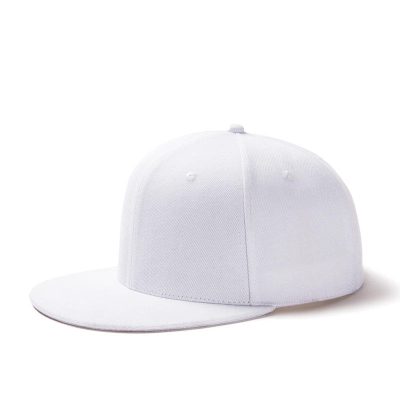Beanies can be made from a variety of materials, each offering different qualities in terms of warmth, comfort, and style. Here are some common materials used to make beanies:
- Wool: Wool is a natural fiber known for its excellent insulation properties. It’s warm, breathable, and moisture-wicking, making it an ideal material for beanies worn in cold weather. Merino wool, in particular, is prized for its softness and warmth.
- Acrylic: Acrylic is a synthetic fiber that is often used as a wool substitute in beanies. It’s lightweight, durable, and retains its shape well. Acrylic beanies are typically more affordable than wool beanies and come in a wide range of colors and styles.
- Cotton: Cotton beanies are lightweight, breathable, and comfortable to wear in milder temperatures. They are less insulating than wool or acrylic beanies but are suitable for transitional seasons or indoor wear. Cotton beanies are also easy to care for and can be machine washed.
- Cashmere: Cashmere is a luxurious and soft fiber derived from the undercoat of cashmere goats. Cashmere beanies are prized for their exceptional softness, warmth, and insulating properties. They are considered a premium option and are often more expensive than other materials.
- Fleece: Fleece beanies are made from synthetic materials like polyester and are known for their warmth and softness. They are lightweight, moisture-wicking, and quick-drying, making them suitable for outdoor activities in cold weather. Fleece beanies often have a cozy and plush texture.
- Alpaca: Alpaca fiber is similar to cashmere in terms of softness and warmth. Alpaca beanies are lightweight, hypoallergenic, and naturally water-repellent. They provide excellent insulation against cold temperatures and are often blended with other fibers like wool or acrylic for added durability.
- Synthetic Blends: Many beanies are made from synthetic blends, which combine different fibers to achieve specific properties such as warmth, moisture-wicking, or stretch. For example, a blend of wool and acrylic offers the warmth of wool with the durability of acrylic.
When choosing a beanie, consider the climate and intended use, as well as your personal preferences for warmth, softness, and style. Each material has its own advantages, so it’s worth exploring different options to find the perfect beanie for your needs.








